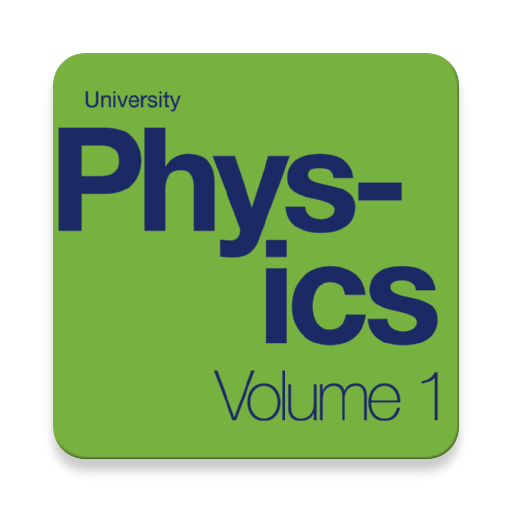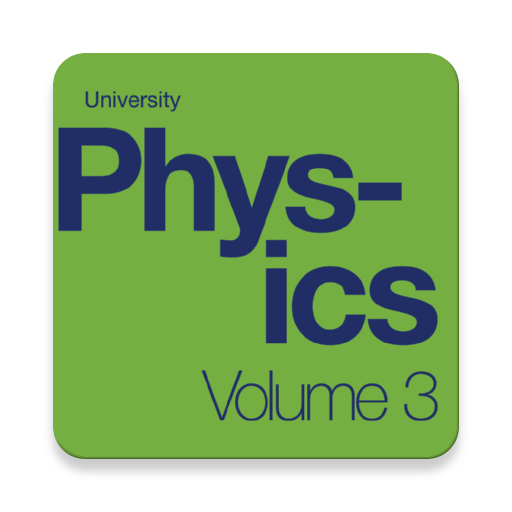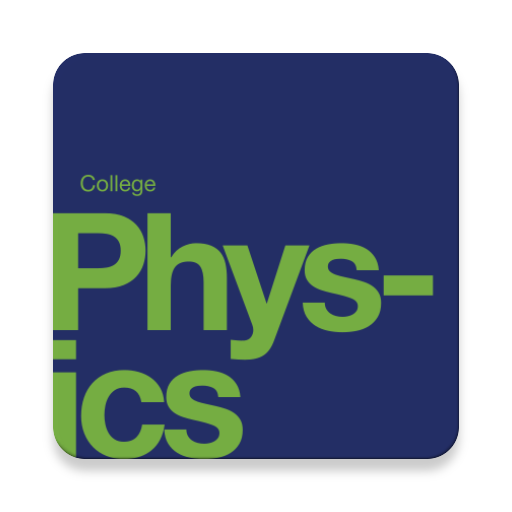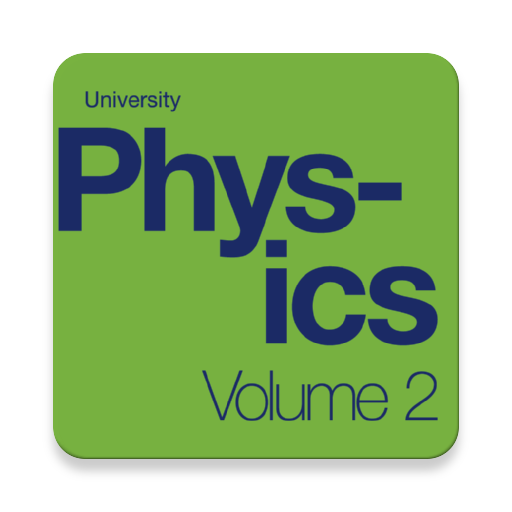

University Physics Volume 1 Textbook, Test Bank
Play on PC with BlueStacks – the Android Gaming Platform, trusted by 500M+ gamers.
Page Modified on: March 20, 2018
Play University Physics Volume 1 Textbook, Test Bank on PC
* Complete Textbook by OpenStax
* Multiple Choices Questions (MCQ)
* Essay Questions Flash Cards
* Key-Terms Flash Cards
Powered by QuizOver.com the leading online quiz creator
https://www.quizover.com
Unit 1. Mechanics
1. Units and Measurement
1.1. The Scope and Scale of Physics
1.2. Units and Standards
1.3. Unit Conversion
1.4. Dimensional Analysis
1.5. Estimates and Fermi Calculations
1.6. Significant Figures
1.7. Solving Problems in Physics
2. Vectors
2.1. Scalars and Vectors
2.2. Coordinate Systems and Components of a Vector
2.3. Algebra of Vectors
2.4. Products of Vectors
3. Motion Along a Straight Line
3.1. Position, Displacement, and Average Velocity
3.2. Instantaneous Velocity and Speed
3.3. Average and Instantaneous Acceleration
3.4. Motion with Constant Acceleration
3.5. Free Fall
3.6. Finding Velocity and Displacement from Acceleration
4. Motion in Two and Three Dimensions
4.1. Displacement and Velocity Vectors
4.2. Acceleration Vector
4.3. Projectile Motion
4.4. Uniform Circular Motion
4.5. Relative Motion in One and Two Dimensions
5. Newton's Laws of Motion
5.1. Forces
5.2. Newton's First Law
5.3. Newton's Second Law
5.4. Mass and Weight
5.5. Newton’s Third Law
5.6. Common Forces
5.7. Drawing Free-Body Diagrams
6. Applications of Newton's Laws
6.1. Solving Problems with Newton’s Laws
6.2. Friction
6.3. Centripetal Force
6.4. Drag Force and Terminal Speed
7. Work and Kinetic Energy
7.1. Work
7.2. Kinetic Energy
7.3. Work-Energy Theorem
7.4. Power
8. Potential Energy and Conservation of Energy
8.1. Potential Energy of a System
8.2. Conservative and Non-Conservative Forces
8.3. Conservation of Energy
8.4. Potential Energy Diagrams and Stability
8.5. Sources of Energy
9. Linear Momentum and Collisions
9.1. Linear Momentum
9.2. Impulse and Collisions
9.3. Conservation of Linear Momentum
9.4. Types of Collisions
9.5. Collisions in Multiple Dimensions
9.6. Center of Mass
9.7. Rocket Propulsion
10. Fixed-Axis Rotation
10.1. Rotational Variables
10.2. Rotation with Constant Angular Acceleration
10.3. Relating Angular and Translational Quantities
10.4. Moment of Inertia and Rotational Kinetic Energy
10.5. Calculating Moments of Inertia
10.6. Torque
10.7. Newton’s Second Law for Rotation
10.8. Work and Power for Rotational Motion
11. Angular Momentum
11.1. Rolling Motion
11.2. Angular Momentum
11.3. Conservation of Angular Momentum
11.4. Precession of a Gyroscope
12. Static Equilibrium and Elasticity
12.1. Conditions for Static Equilibrium
12.2. Examples of Static Equilibrium
12.3. Stress, Strain, and Elastic Modulus
12.4. Elasticity and Plasticity
13. Gravitation
13.1. Newton's Law of Universal Gravitation
13.2. Gravitation Near Earth's Surface
13.3. Gravitational Potential Energy and Total Energy
13.4. Satellite Orbits and Energy
13.5. Kepler's Laws of Planetary Motion
13.6. Tidal Forces
13.7. Einstein's Theory of Gravity
14. Fluid Mechanics
14.1. Fluids, Density, and Pressure
14.2. Measuring Pressure
14.3. Pascal's Principle and Hydraulics
14.4. Archimedes’ Principle and Buoyancy
14.5. Fluid Dynamics
14.6. Bernoulli’s Equation
14.7. Viscosity and Turbulence
Unit 2. Waves and Acoustics
15. Oscillations
16. Waves
17. Sound
Play University Physics Volume 1 Textbook, Test Bank on PC. It’s easy to get started.
-
Download and install BlueStacks on your PC
-
Complete Google sign-in to access the Play Store, or do it later
-
Look for University Physics Volume 1 Textbook, Test Bank in the search bar at the top right corner
-
Click to install University Physics Volume 1 Textbook, Test Bank from the search results
-
Complete Google sign-in (if you skipped step 2) to install University Physics Volume 1 Textbook, Test Bank
-
Click the University Physics Volume 1 Textbook, Test Bank icon on the home screen to start playing



